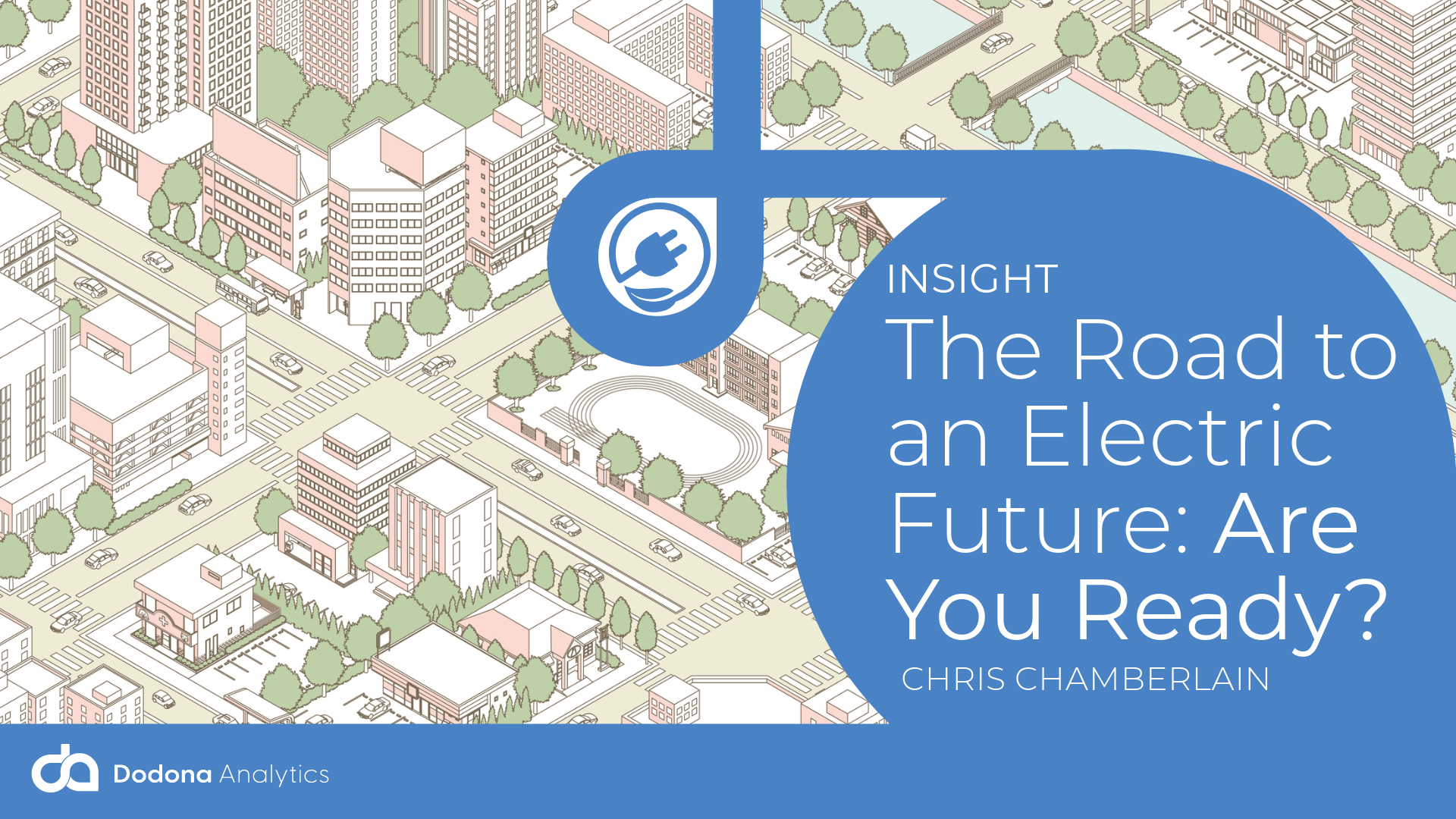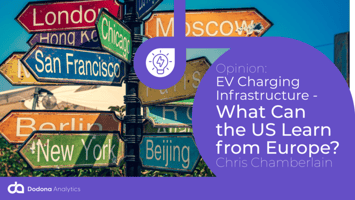When it comes to supporting the use of electric vehicles (EVs), there is one thing which stands out...

The FT considers the UK’s upcoming switch to becoming an electric driving nation - asking if we are ready for the change, where the hurdles currently lie and what solutions lie ahead. Chris Chamberlain - our EV evangelist and Co Founder - takes a look.
The age of petrol and diesel cars is drawing to a close. As the UK accelerates its transition to electric vehicles (EVs), consumers and businesses alike face a crucial question: Are we ready for the shift?
This is the question being asked by the Financial Times in its piece “Petrol cars are on the way out. Are you ready to go electric?” (subscription access only), looking at the current realities of the government mandate for 2030. While EVs promise a greener, more cost-effective future, challenges such as infrastructure, affordability, and public perception still hinder widespread adoption. The report dives into the current state of EV adoption, the hurdles that remain, and what needs to change to ensure a smooth transition.
The State of EV Adoption in the UK
Despite ambitious government targets, EV adoption in the UK has hit a plateau. While EVs accounted for 22% of new car sales last year, market growth has slowed, and many potential buyers remain hesitant. The UK has committed to phasing out new petrol and diesel cars by 2030 and hybrids by 2035, but with just 33% of new cars required to be electric by 2026, hitting the 80% target by 2030 will be a significant challenge.
Challenges Facing EV Adoption
- High Upfront Costs:
The biggest deterrent remains price. A new EV is still 25% more expensive than a petrol or diesel equivalent. While running costs are lower, upfront affordability remains a hurdle. - Charging Infrastructure Gaps:
Although public charge points have grown by 37% in 2024, their distribution is uneven. London leads the way, but rural areas, especially in Wales and the Midlands, lag behind. - Public Charging Costs:
Home charging remains cost-effective, with owners paying around £660 per year, but those relying on public chargers could see costs rise to £1,740 annually—making EV ownership less attractive. - Charging Speed & Availability:
The UK now has 7,000 ultra-rapid chargers, up from just 1,000 in 2021. However, slow charging times and concerns about charger reliability persist, causing "range anxiety." - Perception & Consumer Confidence:
Public perception of EVs has worsened since the pandemic, with many still doubting battery life, range, and long-term affordability. In a recent survey, more than half of petrol car drivers failed a basic EV knowledge test.
Solutions on the Horizon
- Lower Costs Ahead: EV prices are expected to reach parity with petrol cars in the next few years, driven by falling battery costs, government mandates, and competition from Chinese manufacturers.
- Better Charging Infrastructure: Government grants and private sector investments are expanding the charging network, with incentives for supermarkets, workplaces, and local councils to install more stations.
- Vehicle-to-Grid (V2G) Innovation: New technology allows EV owners to sell unused power back to the grid, potentially saving £340 per year.
- Flexible Leasing & Incentives: Salary sacrifice schemes and company car incentives are making EVs more accessible to employees.
Key EV Stats You Need to Know
- 22% of all new cars sold in the UK in 2024 were electric.
- EVs still cost 25% more upfront than petrol cars.
- Public charge points grew by 37% in 2024.
- Ultra-rapid chargers increased from 1,000 in 2021 to 7,000 in 2024.
- 80% of EV owners charge at home, spending around £660 annually.
Final Thoughts
The shift to electric vehicles is inevitable, but hurdles remain. As prices drop and infrastructure improves, adoption will accelerate. However, addressing affordability and consumer confidence is crucial. Whether you’re an early adopter or still on the fence, the future of driving is electric—are you ready?
Chris is our Co-Founder and Head of Sales. He is an evangelist for eMobility and is passionate about helping the sector make better, evidence-based decisions with data science and AI.
You can follow Chris Chamberlain on LinkedIn



